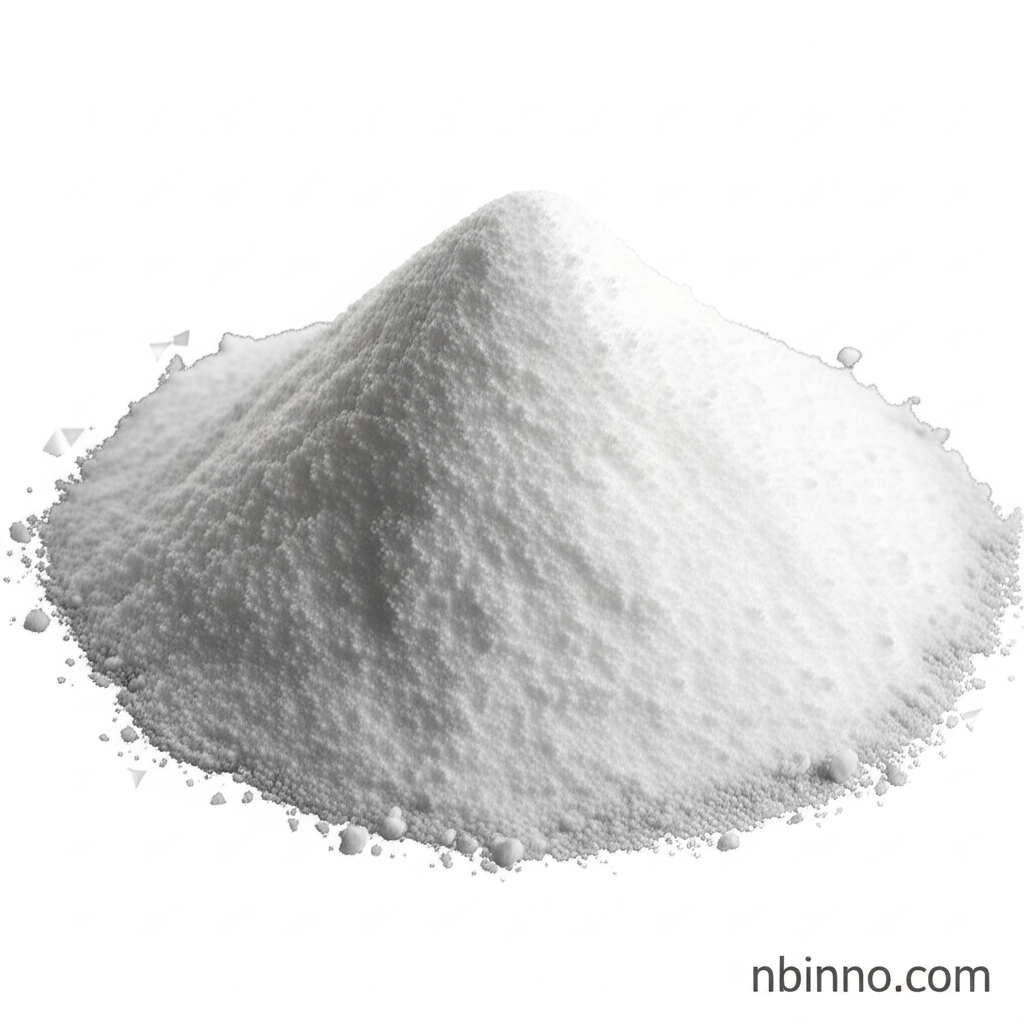Disodium Phosphate Dodecahydrate: Properties, Uses, and Applications
Explore the versatile applications of Disodium Phosphate Dodecahydrate (CAS 10039-32-4) in food, industry, and pharmaceuticals.
Get a Quote & SampleProduct Core Value

Disodium Phosphate Dodecahydrate
Disodium Phosphate Dodecahydrate, identified by CAS number 10039-32-4, is an essential inorganic compound with a wide array of functionalities. Its chemical formula is H25Na2O16P, with a molar mass of 358.14 g/mol. This white crystalline solid is highly soluble in water, making it a convenient ingredient in various formulations. Its primary value lies in its ability to act as an emulsifier, helping to bind fats and water, a preservative to extend shelf life, and a pH control agent to maintain product stability and quality.
- Discover the essential uses of disodium phosphate dodecahydrate as a laxative, understanding its role in digestive health and treatments.
- Explore the key CAS 10039-32-4 food additive properties, including its function in improving texture and preservation in dairy products and processed foods.
- Learn about the diverse sodium phosphate dibasic chemical applications, from water treatment to its use in detergents and cleaning agents.
- Understand the specific uses of disodium hydrogen phosphate in food manufacturing, such as preventing coagulation in condensed milk and acting as an anti-caking agent.
Key Advantages
Enhanced Food Quality
As a vital food additive, its role as an emulsifier and pH regulator significantly enhances the texture, stability, and shelf life of processed foods like cheese and dairy products, ensuring consistent consumer experience.
Industrial Versatility
The sodium phosphate dibasic chemical applications extend to industrial processes, including water treatment for scale inhibition and its incorporation into detergents, showcasing its broad utility beyond the food sector.
Pharmaceutical Efficacy
In the pharmaceutical realm, its function as a laxative addresses occasional constipation, demonstrating its medicinal value and contribution to gastrointestinal health management.
Key Applications
Food Processing
Utilized as an emulsifier in dairy products, an anti-caking agent, and a pH adjuster to maintain product consistency and extend shelf life, critical for products like cheese and whipped cream.
Water Treatment
Serves as an agent to retard calcium scale formation, contributing to the efficiency and longevity of industrial water systems and preventing mineral buildup.
Pharmaceuticals
Primarily known for its use as a saline laxative to relieve occasional constipation, aiding in digestive health and preparation for medical procedures.
Cosmetics and Detergents
Incorporated into cosmetic formulations for pH control and into detergents and cleaning agents for their functional properties, highlighting its widespread industrial use.
